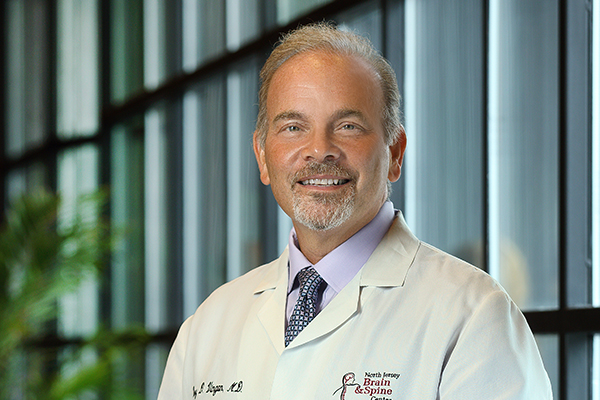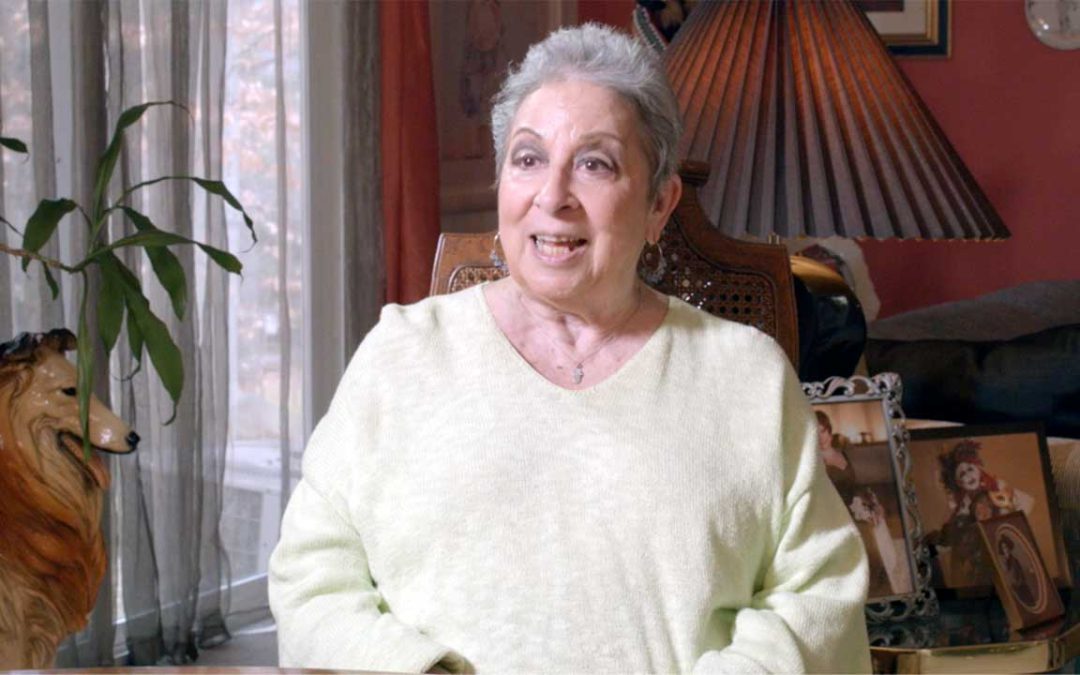What is Deep Brain Stimulation
Deep brain stimulation (DBS) for Parkinson’s disease, essential tremor and dystonia relies on the application of small but meaningful electrical pulses to well defined targets (nuclei) in the brain rather than creating a lesion as in pallidotomy or thalamotomy. These pulses alter the electrical rhythm of the motor nuclei resulting in a ‘restoration’ of more normal ease and fluidity of movement. The precise implantation of surgical wires or ‘leads’ is facilitated by stereotactic techniques.
The underlying cause of Parkinson’s as mentioned above is a loss of a population of dopamine producing cells in the substantia nigra. The dysregulation of other motor nuclei may be improved by the electrical stimulation provided by DBS. Central to the success of this procedure is the accurate positioning of the DBS lead. Affirmation of accuracy of targeting is aided intraoperatively by a technique called ‘microelectrode recording’. Microelectrode recording relies on the fact that each region of the brain has distinct patterns of electrical pulsatility. These signatures may be amplified, allowing the surgical team to place the lead precisely in the targeted nucleus.
Technique of Implantation
Deep brain stimulation surgery is generally offered in two stages.
As indicated above, the lead is usually implanted with frame-based stereotactic systems. After the frame is secured, CT or MR imaging is obtained allowing for planning of the trajectory and target. The surgical steps of the procedure are performed under anesthesia. The anesthetic is then lightened to allow the patient to participate in the critical portion of the procedure-the anatomical and physiological localization of the target using microelectrode recording and an assessment of the clinical effect of stimulation to ensure efficacy. Hospitalization is usually one day.
The second stage of the procedure is offered one to two weeks later when the battery powering the DBS is implanted. This is performed under a general anesthetic and patients are usually discharged home without an in-patient stay.
Programming and Initiation of Deep Brain Stimulation
About two weeks after implantation of the battery, the stimulator is turned on and programmed to a setting that allows for optimal clinical benefit with reduction of medications. The first several months require more frequent adjustment although maintenance visits typically require 1-2 office visits per year. The battery is replaced on a 4-5 years schedule and does not require removal of the brain lead.
Benefits, Limitations and Complications of Deep Brain Stimulation
Deep brain stimulation has been FDA approved since 1997 with over 55,000 procedures performed worldwide. Since Parkinson’s is an illness with a multiplicity of symptoms, it is important to note that this procedure benefits some but not all of the debilitating manifestations of the disease. Tremor, stiffness (rigidity), slowness (bradykinesia) and the side effects of long term levodopa use (dyskinesia, ON/OFF fluctuations) respond well to DBS. ON/OFF fluctuations develop in patients that have been managed on medications for many years. ‘ON’ time is when a person enjoys good mobility from the therapeutic effect of medications while the ‘OFF’ time defines the loss of function as medical benefit wanes. Stimulation can smooth out the day and may prolong the benefit of medication. Parkinson related issues with speech, balance, language and cognition (forgetfulness, executive function) do not benefit from DBS and may in some cases worsen.
Selection Criteria and Risks of Deep Brain Stimulation
Patients are considered for surgery when medical management is not sufficient to control symptoms or when side effects become debilitating such as abnormal movements (dyskinesias) or frequent ON/OFF cycles. Surgery may be planned for either the left or right side of the brain depending on the laterality of symptoms. In most patients, implantation of devices on both sides of the brain is necessary. Although there is no age limit for DBS, patients must be evaluated by a medical physician to minimize the possibility of complications. Overall despite concerted efforts to limit risk, the surgical team is prepared to handle adverse events. The risk of hemorrhage during placement of the lead is approximately 2% and is usually not clinically significant. The possibility of infection of the implants hovers at about 4-5%; neurological complications such as weakness, paralysis or difficulty with speech also occur rarely. Reversible adverse symptoms may occur at the onset of electrical stimulation and include tingling, tightening of muscles and double vision; these may abrogated by changing the stimulation settings.








